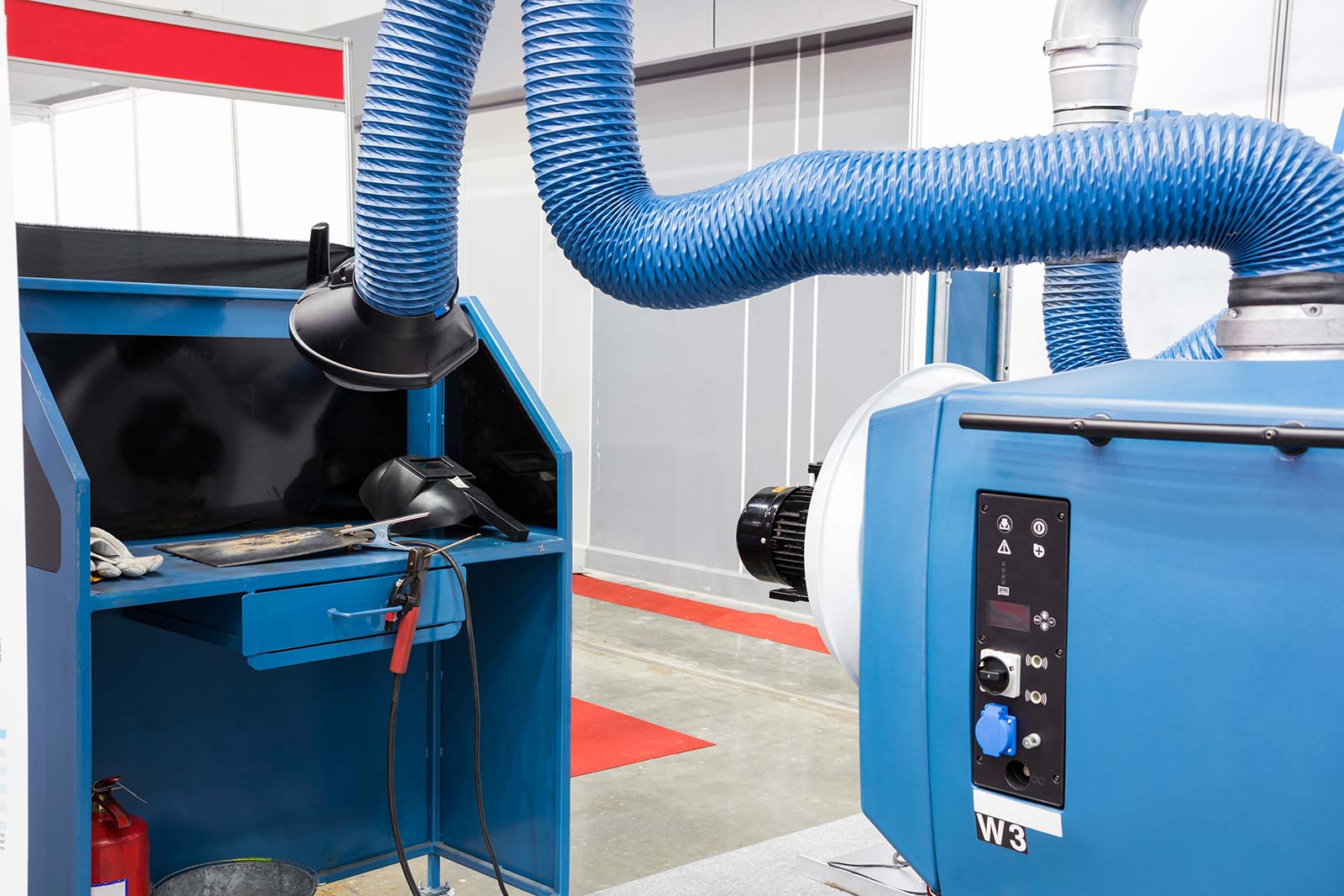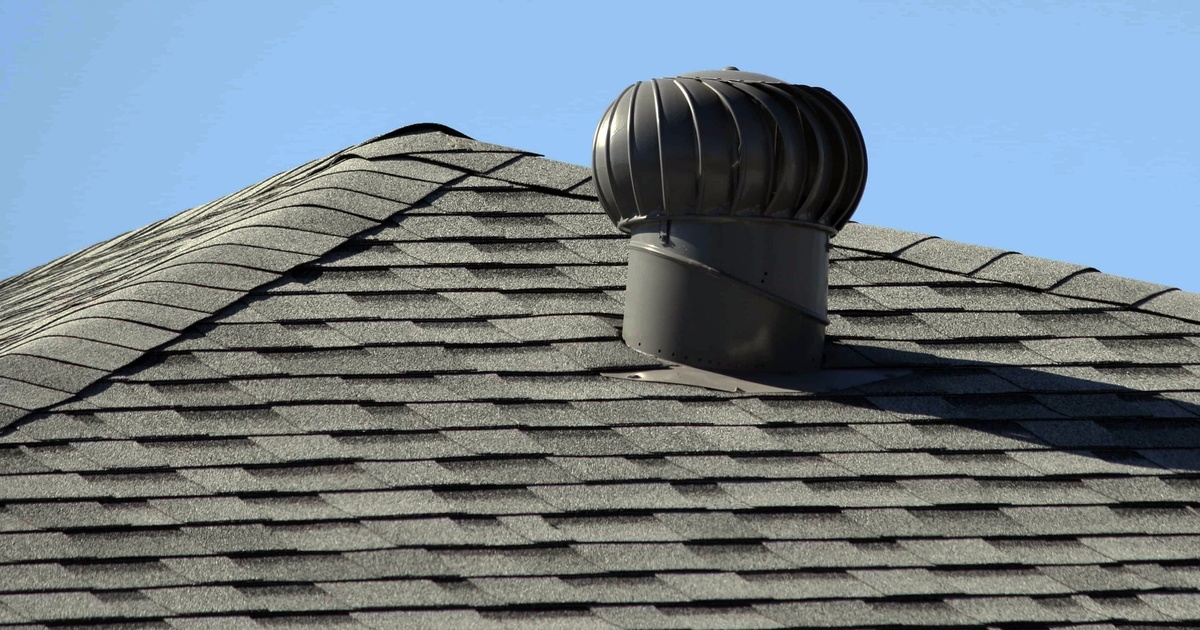Why Correct Ventilation Matters in Plumbing Systems
Why Correct Ventilation Matters in Plumbing Systems
Blog Article
The author is making a number of great points related to The Upsides of Proper Ventilation in Plumbing Design as a whole in the article which follows.

Proper air flow in plumbing systems is commonly ignored, yet it is essential for maintaining the performance and safety and security of your home's pipes. Ventilation aids regulate atmospheric pressure, stop the buildup of unsafe gases, and guarantee the effective removal of waste. In this overview, we will certainly check out the value of correct pipes ventilation, exactly how it works, and the benefits it offers your plumbing system.
Comprehending Ventilation in Plumbing
Ventilation in plumbing refers to the network of pipelines that permit air to stream through the drain system. These vents offer multiple purposes, consisting of controling air pressure within the pipelines, avoiding drain gases from entering the home, and helping in the smooth circulation of wastewater.
Just How Air Flow Functions in Pipes Solutions
Atmospheric Pressure Policy
Appropriate ventilation maintains balanced air pressure within the plumbing system. When water streams through pipelines, it displaces air. Without adequate air flow, this variation can create adverse stress, leading to slow drains pipes or siphoning of water from catches, which can cause unpleasant odors to leak into the home.
Protecting Against Sewer Gas Accumulation
One of the most crucial features of pipes vents is to avoid drain gases, such as methane and hydrogen sulfide, from collecting within the home. These gases can present major health dangers and are highly combustible. Vent pipes enable these gases to run away safely outdoors.
Helping in Waste Removal
Ventilation helps in the efficient removal of wastewater by stopping airlocks in the drain system. When air can flow freely via the vents, it permits water and waste to flow smoothly with the pipes, decreasing the threat of obstructions and back-ups.
Kinds Of Pipes Vents
Key Heap Vent
The major stack air vent, additionally called the air vent pile, is the key vent in a pipes system. It expands from the major drain align with the roofing, allowing gases to get away and fresh air to enter the system.
Branch Vent
Branch vents attach to the major pile air vent and offer individual components, such as sinks, bathrooms, and showers. These vents guarantee that each fixture has sufficient air flow to work appropriately.
Air Admittance Shutoff (AAV).
An Air Admission Valve (AAV) is a one-way valve that enables air to go into the pipes system without the demand for a typical vent pipeline prolonging through the roof covering. AAVs are typically utilized in improvements or areas where installing a basic vent is not practical.
Indicators of Poor Air Flow in Pipes.
Slow Draining Fixtures.
If your sinks, tubs, or bathrooms are draining slowly, maybe an indication of inadequate air flow. Inadequate air flow can develop a vacuum cleaner impact, making it tough for water to drain correctly.
Gurgling Sounds.
Gurgling noises originating from drains pipes are usually an outcome of air being sucked with water traps as a result of unfavorable stress in the pipes. This is a clear indicator of not enough ventilation.
Undesirable Smells.
Drain odors inside your home are a warning that your plumbing system is not properly aerated. This could indicate that sewage system gases are not being adequately vented outside, resulting in possibly dangerous conditions.
Common Ventilation Mistakes.
Inadequate Vent Sizing.
Utilizing small air vent pipelines can lead to poor air flow and pressure discrepancies in the system. It's vital to make use of vents that meet the specific requirements of your pipes system.
Improper Vent Placement.
Putting vents as well much from the components they offer can lower their efficiency. Appropriate placement ensures that air can stream easily and successfully via the system.
Ignoring Code Needs.
Building regulations offer particular guidelines for pipes ventilation. Overlooking these codes can cause a system that stops working to operate properly and may lead to costly repairs or health hazards.
Benefits of Correct Air Flow.
Improved System Effectiveness.
Appropriately ventilated pipes systems run extra efficiently, with fewer obstructions, faster draining pipes, and much less pressure on the pipelines. This performance expands the lifespan of the plumbing system.
Improved Air High Quality.
By protecting against drain gases from entering your home, appropriate air flow adds to better interior air high quality, making your living setting healthier and a lot more comfortable.
Protecting Against Water Damage.
Sufficient ventilation helps protect against water from being siphoned out of traps, which can lead to drain gases getting in the home and creating water damage with time.
Steps to Guarantee Proper Ventilation.
Consulting Pipes Codes.
Always consult neighborhood plumbing codes when developing or changing your pipes system. These codes supply the needed guidelines for correct airing vent and guarantee your system fulfills safety and security criteria.
Routine Examination and Maintenance.
Routine inspections can aid identify prospective ventilation issues before they come to be major troubles. Upkeep tasks, such as cleansing vent pipelines and looking for obstructions, are crucial for maintaining the system in good working order.
Expert Installation.
For brand-new setups or significant modifications, it's a good idea to work with a professional plumbing professional. They have the competence to make sure the ventilation system is correctly made and set up according to code.
Final thought.
Proper ventilation is a critical component of any kind of pipes system, making certain that it functions successfully and safely. By recognizing the value of ventilation, acknowledging the indications of inadequate air flow, and taking steps to maintain your system, you can prevent pricey problems and safeguard your home's air quality.
4 Things You Should Know About Your Plumbing Vents
What Plumbing Vents Are
Also called a vent stack, a plumbing vent is a vertical pipe attached to your drain line that runs through your roof. The plumbing vent pipe, or plumbing air vent, removes gas and odors from your plumbing system and allows fresh air to enter the pipes, helping the water to flow out of the drain pipes.
What Plumbing Vents Do
Plumbing vents have two basic functions. One of which is to allow unpleasant smelling wastewater and sewer gasses to escape your plumbing system instead of entering your home. Plumbing vent pipes are typically located on roofs, away from windows, to ensure the fumes exit the home completely.
The other function of the plumbing vent is to move fresh air into your plumbing system. This helps move water through every plumbing fixture in your house, like toilets and sink drains. Think of the way in which you need to let a little air into the bottle as you pour soda in order to make the drink flow smoothly.
Different Types of Plumbing Vents
True vent: This is the most common vent option. In simplest terms, a true vent is a vertical pipe attached to your drain line that exits through the roof. They often function as the main vent that other fixtures can connect to. Re-vent pipe or auxiliary vent: Attached to the drain line near specific plumbing fixtures, re-vent pipes run up and over to connect to the main vent. Common vent: Two plumbing fixtures installed on opposite sides of a wall are typically tied into the vent stack using something known as a sanitary cross. Wet vent: This venting option operates as a drain pipe and a vent at the same time. Wet vent drainage systems drain water from one fixture while venting the air from another. Although they’ve been used for over 100 years, wet vent systems have only recently been added to the plumbing code in many areas. If you’re planning on installing one in a bathroom remodel, make sure you check your local code prior to construction. Loop vent: For free-standing fixtures like kitchen island sinks, loop vents are ideal. These vent pipes run under the floor, rise from the P-trap, and create a loop inside the cabinet sink. Air admittance valve: An AAV is a one-way mechanical valve typically installed at the site of the plumbing fixture. AAVs allow venting to occur without having to tie into a larger venting system. They’re ideal for venting fixtures where you aren’t able to easily connect to an existing vent system. Common Plumbing Vent Issues
Although vent pipes typically don’t have water flowing through them, they’re still subject to many typical plumbing issues. For example, clogs are one of the most common problems associated with sewer vent pipes. If your vent pipe gets clogged, all of your plumbing fixtures tied into the vent stack will be affected.
A sink with a slow drain that bubbles and gurgles or a strong sewage smell around your toilet are both indicators that your toilet vent pipe is clogged. Because most vent pipes exit through the roof, old leaves, twigs or even a bird’s nest could be clogging the pipe.
Clogs in your vent pipe system cause a buildup of negative pressure, meaning that water won’t be able to flow out of your home very well. It’s similar to putting your finger over the opening of a straw to trap water inside. When you remove your finger, the water is able to flow out of the straw.
If you suspect you have any blockage in your vent, make sure you have a professional come examine the situation. Left unchecked, a blocked air vent can lead to other costly repairs, like leaks and sediment buildup.
Under Pressure
Pipe vents are essential aspects of a home’s plumbing system. Owning a home means learning about all sorts of things you never put much thought into before. But by understanding as much as you can about the important systems of your home, you can keep those budgets intact and those anxiety levels low.
https://www.homeserve.com/en-us/blog/home-improvement/plumbing-vents/

I was made aware of that report about What Is A Plumbing Vent & How Do They Work? from a friend on another web blog. If you enjoyed reading our post kindly make sure you remember to share it. Thanks a lot for being here. Please come by our website back soon.
Click Here Report this page